Abe Stone can expertly identify mushrooms. The longtime forager’s affinity for fungi has guided him down a research path that holds promise for suppressing one of the most recent and obstinate invasive species in the forest.
On a metal counter in Michigan Tech’s forest microbiology lab, a dozen clear glass flasks agitate on a shaker. Each is about one-eighth full of small, saffron-yellow gelatinous balls — solid globs of the fungus Chondrostereum purpureum growing in a malt-extract solution. Abe Stone, propagator of the mycelium, stands nearby, regarding the fresh batch of fungi balls with a satisfied smile.
“Exactly what I wanted to see,” he says.
Chondrostereum purpureum — lab nickname “SuperPurp,” a word twist that fans of the animated TV series “Adventure Time” may appreciate — is a weak forest pathogen commonly known as silverleaf disease. Stone developed his unique propagation technique after digging into online research literature, searching for a more efficient method after his former technique resulted in cafeteria-style metal pans of gloppy mush.
“Abe has interesting lab techniques for growing different types of culture,” remembers Tara Bal, assistant professor of forest health and one of Stone’s faculty advisors in the College of Forest Resources and Environmental Science (CFRES). “One day he came very excitedly to show me the fungus growing in a new method he found in the literature, which creates these cute little balls of hyphae.”

Come into the fungi lab at Tech to see how SuperPurp is processed into sprayable form.
Cultivating SuperPurp as Stone does makes it easier to process into a sprayable liquid. Stone uses an immersion blender to whir the solution to the proper viscosity, then pours the broth into a garden-variety sprayer used for application in outdoor test areas.
“It’s literally mushroom soup,” he says.
Stone, an undergraduate majoring in ecology and evolutionary biology, is living proof that you don’t have to wait until you graduate to tackle the complex problems facing the world.
SuperPurp is Stone’s not-so-secret weapon to beat back the widespread Midwest invasion of two species of invasive buckthorn trees: Rhamnus cathartica and Frangula alnus. The trees are gaining a foothold across the upper Midwest and altering the character of forests. Stone inoculates them with the fungus, weakening the aggressive invaders to give native species a chance to rebound.
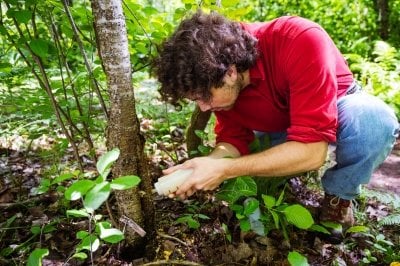
The overarching goal is to create a practical and accessible herbicide alternative that zaps buckthorn without causing harm to surrounding plants. “Our fungus only goes after woody tree species, and if we can establish that this is viable alternative for those looking to only affect invasive buckthorn, then we’ve done exactly what we hoped for,” says Stone, who also works closely with Sigrid Resh, CFRES research assistant professor and coordinator of the Keweenaw Invasive Species Management Area (KISMA).
“My research is focused on alternatives to chemical management of invasive plant species, such as biocontrol with insects, goats — and yes, fungus — as well as proving the efficacy of manual control on invasive knotweed species,” says Resh.
Stone says the native fungus used in his research is a natural infector of trees throughout the northern hemisphere, from Norway to Siberia to the boreal forests of Canada. “It is present on many hardwood trees, but is mostly associated with birch, cherry, alder and aspen trees,” Stone explains. “Typically, it causes an infection that slowly affects the tree, causing a silvering color on the leaves, eventual death of some branches and often the entire tree. It is very much a part of the forest ecosystem and has been around for thousands of years. In its natural state, it only infects trees with significant wounds and wouldn’t wipe out an entire forest. It is merely one of the many actors causing our forests to develop into various types of ecosystems.”
Battling Buckthorn is No Easy Task
Once you see invasive buckthorn, you can’t stop seeing it. Stubborn and pervasive, it appears as woody shrubs or small trees, rapidly claiming the understory of the landscape, from residential yards to recreational forests.
“Buckthorn is a challenging organism. Humans introduced it to the region and it does exceptionally well here,” Stone says. “This has come at the cost of many native ecosystems, especially in areas south of us in Wisconsin, Minnesota and southern Michigan. With climate change, we expect to see this species flourish even more strongly in our forests.”
"If we want to make sure our native oaks, maples, alders and birches still stand, we’ll have to create measures that at the very least mediate other species’ impacts on our forest processes."
Tree ID and Removal Resources
Invasive buckthorn is easy to identify and hard to eradicate. In winter, it’s one of the few trees in the landscape that hangs on to its berries. Even wildlife shy from the berries, which are slightly toxic with laxative properties.
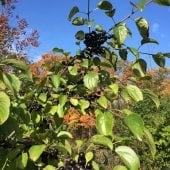
There are two species of concern: common buckthorn (Rhamnus cathartica) and glossy buckthorn (Frangula alnus). Their berries, or drupes, contain seeds that remain viable in soil for two to three years. Shade and sun tolerant, the trees produce profuse seeds and saplings. “They outcompete native plants and tree seedlings and saplings, but don’t seem to support a diverse insect population with which birds can rear their young,” Resh says.
Digging up smaller trees is the most effective and environmentally sustainable way to get rid of them. Stone recommends using a weed wrench, which can be a back saver and also helps to remove as much of the root system as possible to discourage regrowth. Keweenaw Invasive Species Management Area (KISMA) has weed wrenches available to borrow. Call or email for details.
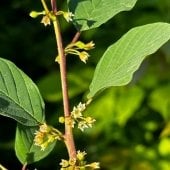
KISMA is one of 22 Cooperative Invasive Species Management Areas (CISMAs) in Michigan. As KISMA coordinator, Resh conducts invasive species education, surveys, treatment and restoration across land ownership boundaries in Baraga, Houghton and Keweenaw counties. Get more buckthorn identification and practical removal tips in a Daily Mining Gazette article by Stone and Resh. Access the Keweenaw’s priority list to view more photos and identifying characteristics of buckthorn and other invasive species. Get more buckthorn identification and practical removal tips in a Daily Mining Gazette article by Stone and Resh. Access the Keweenaw’s priority list to view more photos and identifying characteristics of buckthorn and other invasive species.
Research Roots Also Run Deep
Stone’s research work has grown in sophistication and impact thanks to the Michigan Tech Summer Undergraduate Research Fellowship (SURF). Available to all undergraduate students who have at least one semester of school remaining after the fellowship, SURF provides $4,000 stipends for conducting a research project under the guidance of a faculty member.
A two-time SURF recipient, Stone earned both SURF and Michigan Space Grant Consortium awards for his first project, “Developing Efficient Deployment of a Natural Myco-biological Control on an Invasive Tree Species.” While he continued to work on the buckthorn project, he secured a second SURF fellowship in 2023 focused on another project: studying the yellow hawkweed colonies at Isle Royale National Park. His success with the SURF projects propelled him toward applying for research funding from another source this summer. If approved, Stone will survey rare plant communities along the varied bedrock shorelines of the Keweenaw Peninsula.
Because Michigan Tech has a strong focus on interdisciplinary research, Stone has had the opportunity to work across academic disciplines with a broad range of faculty.
“The SURF fellowships have been highly impactful in my experience with research. I’ve had great luck with my mentors, too,” says Stone. “Tara Bal has been wonderful, as has Sigrid Resh. Because of them, I feel confident that what I do is both applicable and meaningful to the field as a whole. They are also great people, which makes me proud to work with them. I’ve recently been working with Erika Hersch-Green in biology and will be doing more work with Carsten Külheim in CFRES — both of them have furthered my passion for plants, fungi, and their relationships with others.”
Stone became certified as a wild mushroom expert through the Michigan Department of Agriculture and Rural Development after taking the required courses from the Midwest American Mycological Information workshop. He has also added mentorship to his research repertoire, supervising an Earn and Learn student intern in Bal’s Forest Microbiology/WPG Mycology Lab, known as the fungi lab.
Lane Cozort, a first-year major in applied ecology and environmental science from Rudyard, in Michigan’s Upper Peninsula, says working in the lab inspired him to conduct his own research.
“It’s such a good experience. I’m picking up so much from Abe. I like learning about mushrooms and plants,” he says. “Fungi-based research has always interested me. I grew up in the woods of the U.P. and it’s always under your feet!”
In the fungi lab, researchers tend to multiple living cultures like a household carefully maintaining a sourdough starter. The lab is a repository for mycelium at different life stages, some maintained for decades. “This strain was found on an aspen stump in Hancock dated Nov. 6, 1994,” says Stone, pulling one of more than 40 specimens from the fridge and peering at the label. The specimen was collected by the lab’s former director, Dana Richter, who also secured the SuperPurp strain being used for Stone’s research.
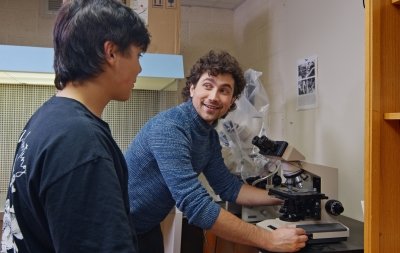
Along with autoclaving and other chores, Cozort learned to isolate fungi strains. He especially enjoyed tending to the lab’s orchid seeds, which rely on fungi for germination and throughout their life cycle.
There are other fungal exotics in the lab, including noble rot, the fungus that wine aficionados prize for the flavor it imparts on sweet wines. But, Stone’s favorite is close to home. “This is my pride and joy of the fungi lab,” he says, pulling a chilled flask of older SuperPurp balls from the fridge and hoisting it to the light for a better look.
Preliminary results with SuperPurp look promising. Research and development by Stone and other CFRES researchers will continue.
Acting on a Backyard Level Can Benefit the Planet
In addition to continuing his research, Stone also looks forward to inspiring others
to do what they can on a backyard level. “When I worked for the Keweenaw Invasive
Species Management Area under Dr. Resh, we did a lot of outreach as part of the gig.
All the areas we managed were either shared outdoor spaces for the community or for
residents themselves. I helped write a couple articles with Sigrid and Tara on a few
invasive species too, namely hemlock woolly adelgid and buckthorn, both of which were published in the Daily Mining Gazette. I’m hoping
that this current project shows promise, and if so, then we may be doing some more
community engagement in the future.”
With a growing number of invasive species being added to watchlists, and invasive species proliferating in the face of climate change, singular efforts can feel futile. But Stone doesn’t dwell in discouragement.
“Sometimes I certainly feel that way, but ultimately, our singular efforts are all we can do,” says Stone.
“Large-scale action is just collective effort. There are few miracle fixes in the world, so when we are presented with no alternative other than working on the stuff in our own backyards, then we have to take what we are given and make the most of it.”
Michigan Technological University is an R1 public research university founded in 1885 in Houghton, and is home to nearly 7,500 students from more than 60 countries around the world. Consistently ranked among the best universities in the country for return on investment, Michigan's flagship technological university offers more than 185 undergraduate and graduate degree programs in science and technology, engineering, computing, forestry, business, health professions, humanities, mathematics, social sciences, and the arts. The rural campus is situated just miles from Lake Superior in Michigan's Upper Peninsula, offering year-round opportunities for outdoor adventure.
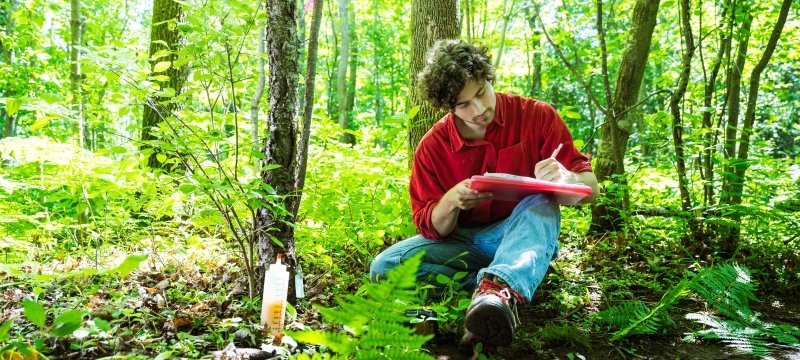
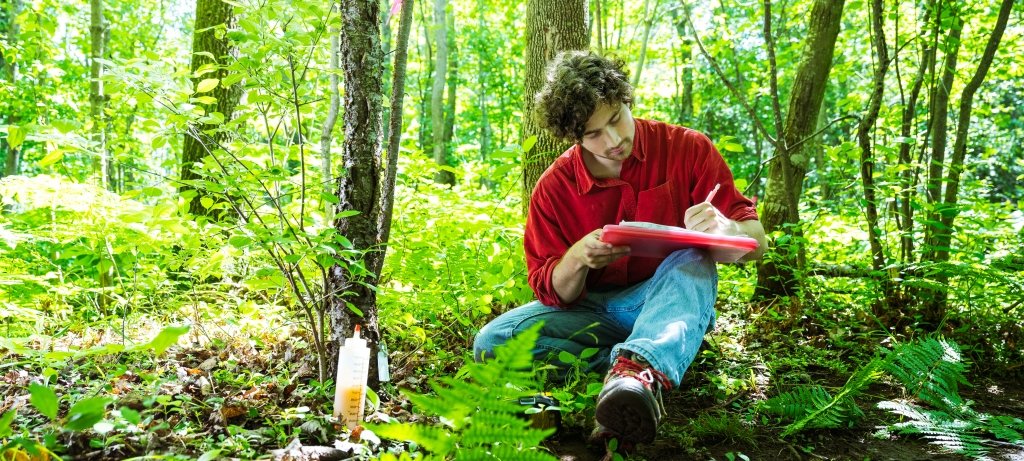
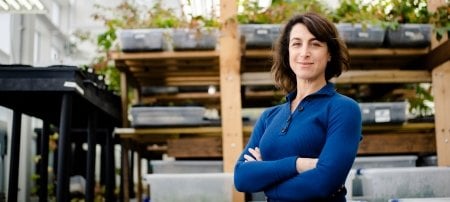
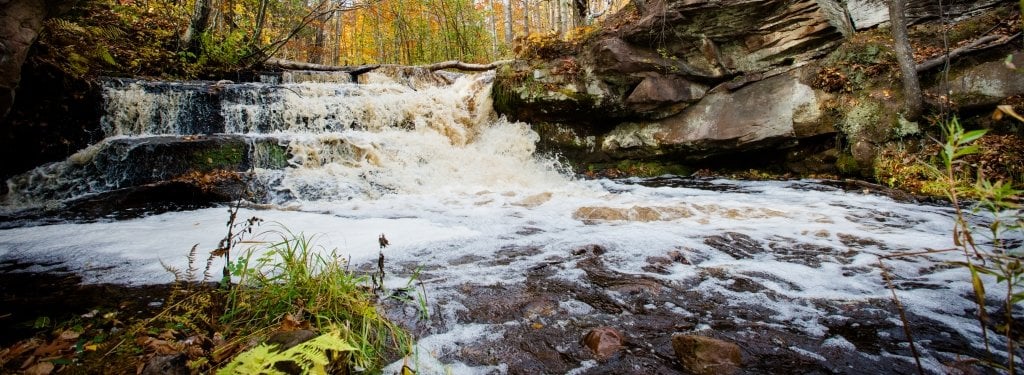

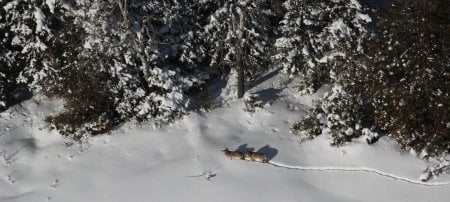
Comments